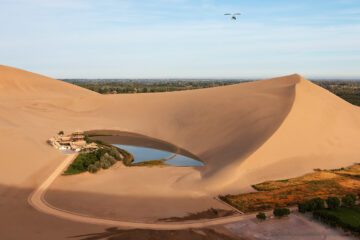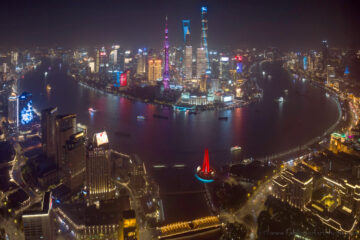In this guide, you’ll find all you need to know to organize your next trip to the Philippines: what to do, how to get to the different places, the cost of living, the safety of the country, and much more.
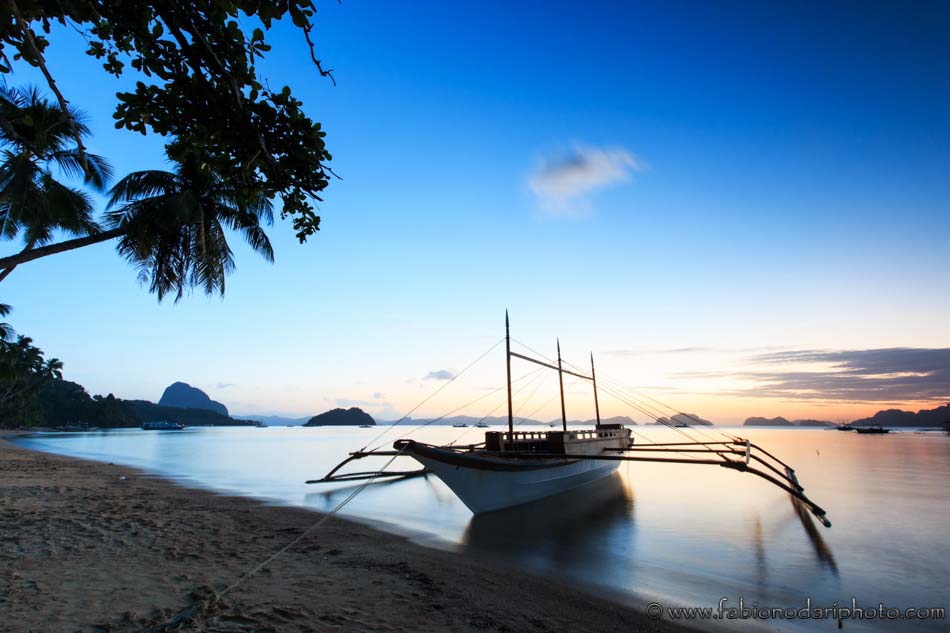
The Philippines is a tropical paradise in Southeast Asia, with over 7,000 islands and a diverse culture that reflects the country’s history and heritage. The Philippines has something for everyone, from pristine beaches to majestic mountains and thriving cities. This guide provides a comprehensive overview of the country and will help you plan your next adventure in the Philippines.
Are the Philippines dangerous? Is it safe to travel there alone? I’ll try to address these and many other questions in my article, but first, remember that what you will read in this post comes from my personal experience, and everyone has different feelings and experiences when travelling.
Is it worth visiting the Philippines?
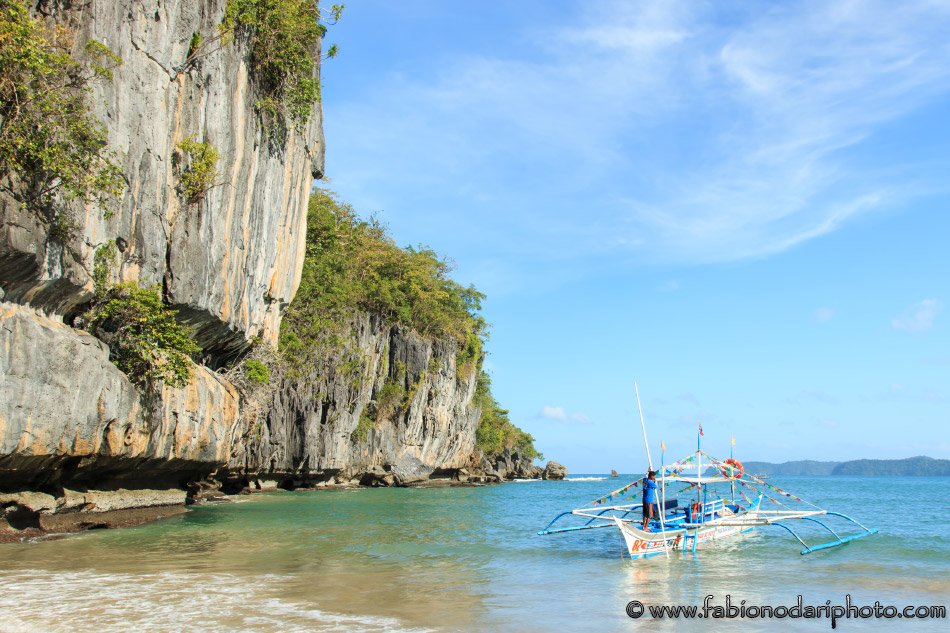
For most people, travelling to the Philippines means flying for many hours and spending quite a lot of money, so I think this is a fair question.
From my experience, I can say that it was worth every single Euro spent. Why? Well, look at some of the pictures: the Philippines is a true paradise! More than 7000 islands are divided into three main regions or provinces: Luzon, Visayas, and Mindanao, and there is so much to see.
Another good point is that there are fewer tourists than in other Asian tourist destinations such as Thailand (here is my post about Ao Nang), even though this destination is becoming increasingly popular.
Last but not least, the Philippines is a rather cheap destination compared to many other touristic destinations.
The Philippines is not a paradise for everyone
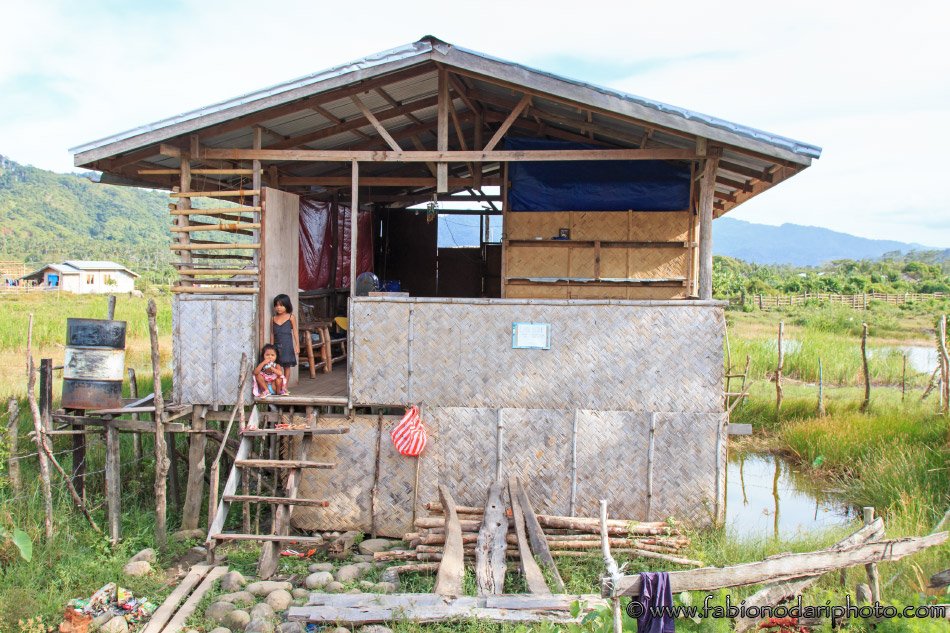
If you stop reading my article right now, you might wonder: If the Philippines are so beautiful, why are there so many Filipinos leaving the country and moving abroad? The answer is that life isn’t easy if you were born and raised there.
People who move to big cities looking for a better life often end up on the streets because they can’t afford to pay the rent, and sadly, their situation is worse than before moving.
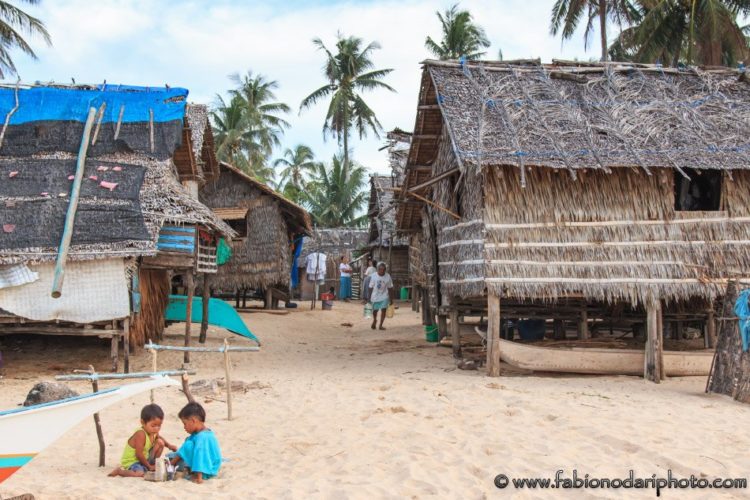
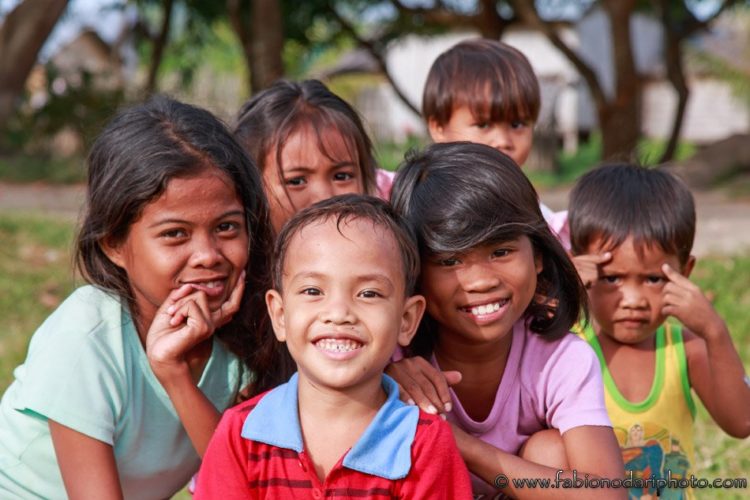
This also means that the criminality rate is much higher in big cities than in remote areas. Of course, many people have a pretty good life, but the Philippines is generally poor. People look happier than in many Western countries, especially those who live in the countryside.
I think this is an important premise since it’s always good to have a general idea of the situation of the place you are going to visit.
How to get around the Philippines
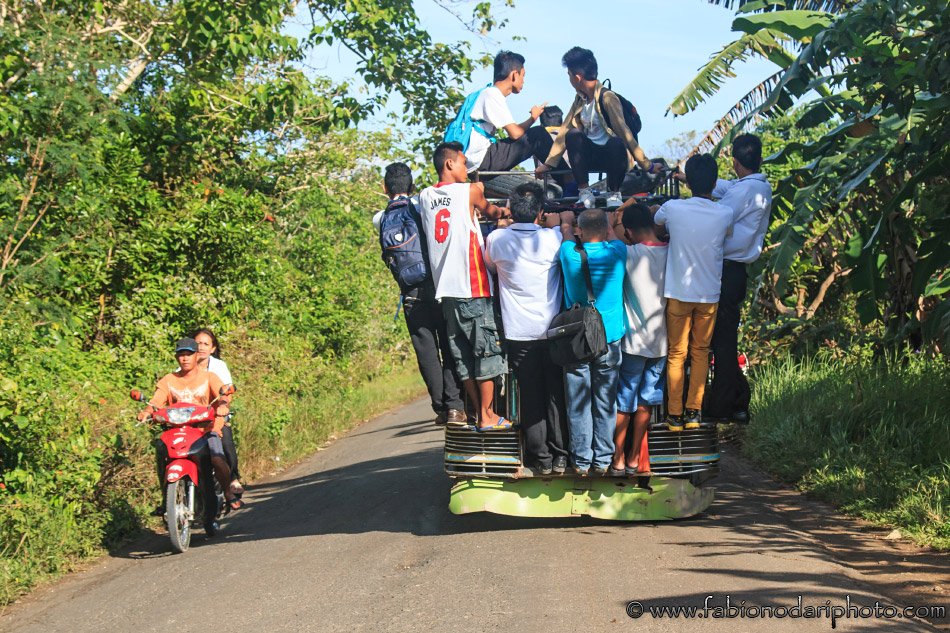
One important thing to remember is that since the Philippines has so many islands, moving from one place to another takes time, sometimes a lot.
Part of the reason is because of the distances and part because of the poor services. Roads are often in poor conditions, flights are often delayed, and the traffic in big cities is simply crazy (everybody complaining about the traffic in Hanoi should visit Cebu City during the rush hour).
Moving from one island to another’ll probably take a whole day. Sometimes more if you take a long-distance bus or a long-distance ferry.
To move from one island to another, there are three options:
- Airplane
- Ferry
- Bus
Getting around the Philippines by Airplane
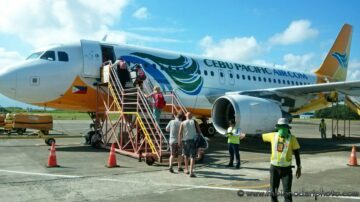
The national low-cost airline is Cebu Pacific, but you must book your flights well in advance (at least 4 to 5 months) to find really good deals. I flew from Manila to Puerto Princesa for about 15€. Not too bad! Another thing to remember is that you’ll have to pay a fee at almost every airport. Keep some cash with you, as credit cards are not accepted (this is a good suggestion no matter where you go in the Philippines).
You’ll need a valid return ticket (within 30 days if you have a visa-exempt 30-day stay) to visit the Philippines. Cebu Pacific Airlines asked for mine.
The biggest problem with Cebu Pacific is that almost every flight is delayed. Not long ago, their official website “boasted” a 55% rate of on-time flights. In other words, one flight out of two is delayed (often one hour or more). This is a very important detail if you have multiple flights on the same day. Most of the flights delayed come or leave from Manila airport. You’ll probably be ok if you don’t fly to or from Manila.
Getting around the Philippines by ferry
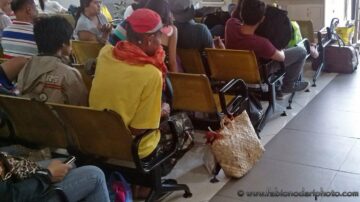
With so many islands, it’s more convenient to travel by ferry (you’ll have to pay a fee after buying the ticket).
The interesting thing about using a ferry is that you’ll spend more time with local people (ferries are generally cheaper than flights), and you’ll probably see someone carrying a rooster (in the Philippines, cockfighting is the national sport).
Getting around the Philippines by bus

Finally, you can use one of the many buses. There are long-distance buses that serve meals and have beds and are loaded on big ferries to travel between islands. I only tried a short-distance bus, so I don’t know if it’s worth using one of them. One thing is sure: you’ll see much more of the country, but it will take longer so if you don’t have many days that is not an option for you.
There are two kinds of Buses: aircon and non-aircon. The price is strangely similar, and given the tropical weather in the Philippines, it’s better to use an aircon bus. The best Bus Company is Ceres Bus. Another problem with the non-aircon buses is that they are crowded, and two seats can accommodate 4 or 5 people.
The Philippines are quite cheap, but the downside is that you’ll have to pay some fee almost everywhere you go. Island Hopping tour? Environment fee. Airport? Transportation fee. Remote cave? Fee! It’s quite annoying, honestly. It’s even worse than Italy!
How to get around the cities
To get around the cities, there are 5 options:
- Tricycle
- Taxi
- Jeepney
- Bus
- Motorbike
The advantage of the first three options is the lower cost; the disadvantage is that they are relatively slow.
Getting around the cities in the Philippines: tricycles
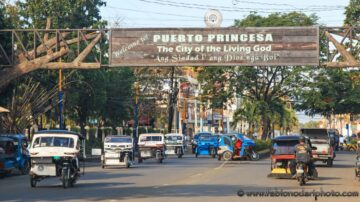
Tricycles are a covered sidecar that can carry 2 to 4 people. They are common, especially in rural areas and smaller cities like Puerto Princesa, but not in bigger cities like Cebu. Tricycles are fairly cheap, especially if you have never been to Asia or tried that. They are similar to Tuk-Tuk in Thailand.
Suppose you want to use a tricycle; establish the price before you get on. Drivers tend to increase the price with foreigners substantially.
Getting around the cities in the Philippines: taxi
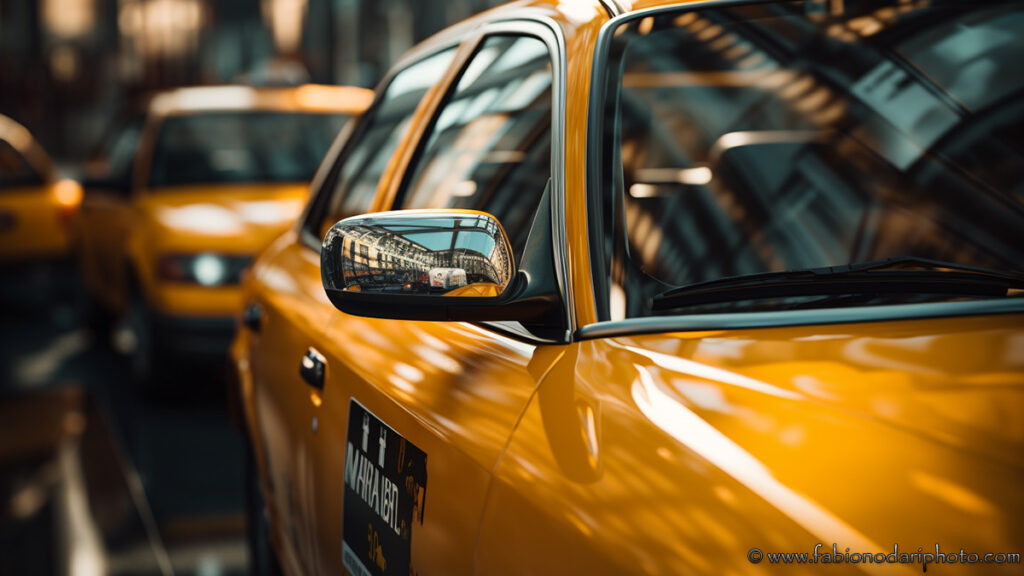
Taxis are common only in bigger cities. Before you get inside, be sure that the driver uses the meter. He will probably say that the meter is broken or something. Don’t listen to him because he’s trying to rip you off.
If you are in Manila, you need to be particularly careful. I read many bad stories about tourists being kidnapped and robbed, and, at first, I thought these were only exaggerations. So I asked some Filipino friends, who confirmed what I had read. Manila is dangerous. That’s it.
Don’t travel alone if possible, especially if you are a woman. If you have to, while in the taxi, pretend you are talking to someone on the phone and take note of the driver’s name and the car’s number plate.
Getting around the cities in the Philippines: jeepneys
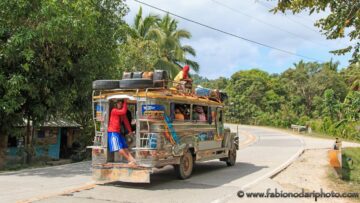
Jeepneys are the cheapest way to get around the Philippines. They are colourful and crowded, as seen in the picture, but cheap!
The first Jeepneys were built using what was left of the jeeps used during World War II. That’s where the name comes from. The main difference between Jeepneys and Buses is that Jeepneys will not stop unless someone has to get off or get on.
They run from point A to point B or run in a loop, and, as you can imagine, if there are many people, it will take forever to get to your destination.
Getting around the cities in the Philippines: bus
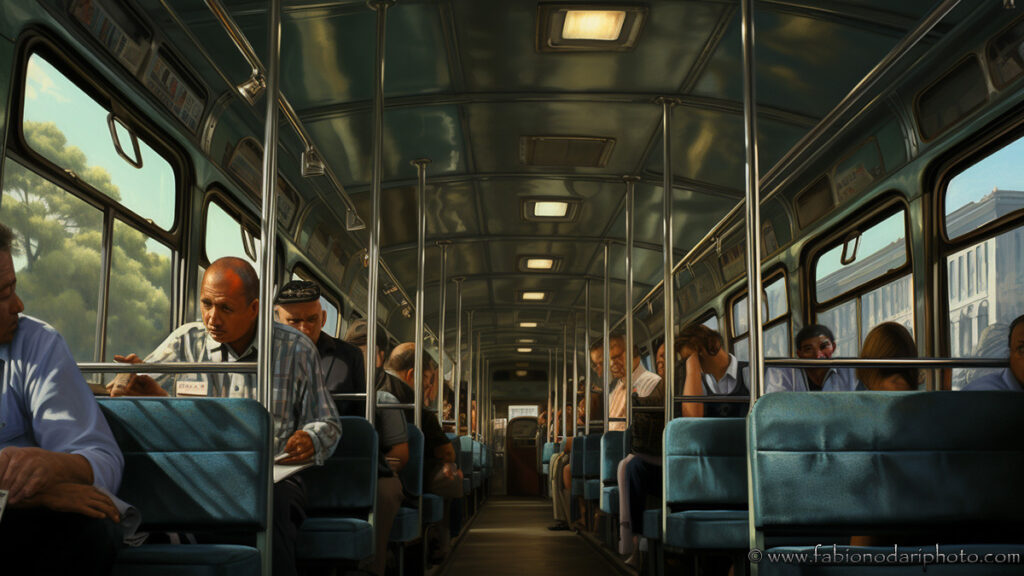
Public buses in Philippine cities are a budget-friendly and convenient option for getting around. They stick to specific routes, making frequent stops throughout the city.
Riding a public bus in the Philippines is typically cheap and determined by how far you travel. You can buy tickets directly from the conductor or driver and the buses. Taking a public bus in the Philippines is a great way to immerse yourself in the local culture.
Getting around the cities in the Philippines: motorcycle
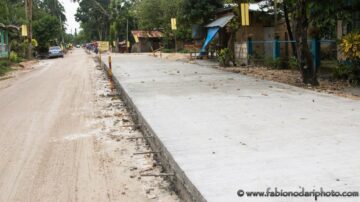
If you like using motorbikes, the Philippines is the right place. You can ask anyone to take you where you want to go for a few pesos.
Most of the time, you won’t even need to ask someone: you’ll be approached by many who will ask you if you need a ride. Every motorbike can accommodate 4-6 people!
The roads are often not paved with tarmac but made with concrete. Sometimes, even in tourist destinations, they are not paved at all.
Is the Philippines a safe country?
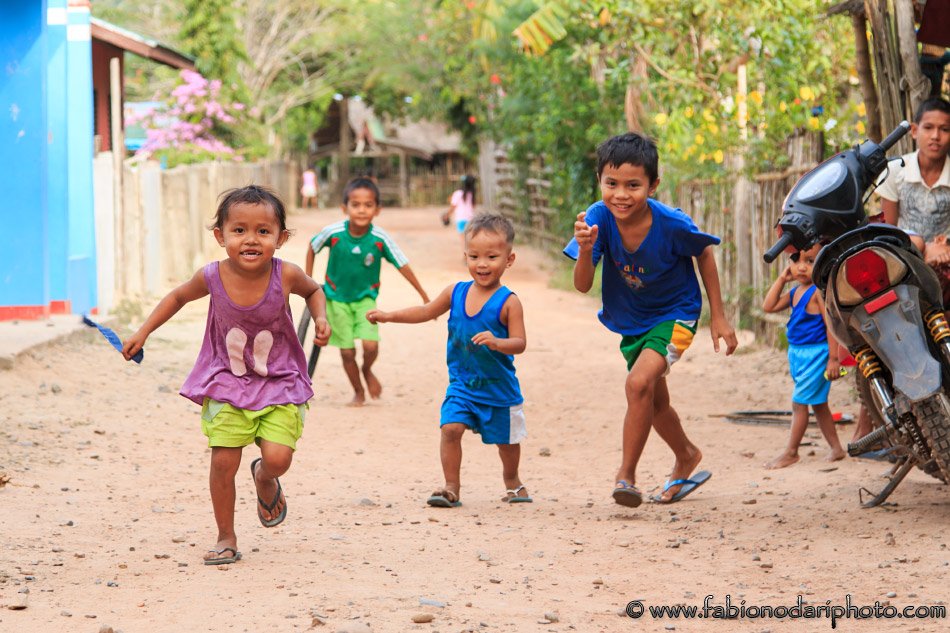
This is a very important question, but giving a general answer is difficult. My standard of safety might be different from yours, and a place that might be safe for me, being a Caucasian male, might not be safe for other people.
So my answer to the question is: it depends. It depends on where you are and what you do. The impression I had was that if you are in a city, you’ll have to be more careful than if you are in the countryside. Always keep an eye on your wallet, backpack, and smartphone, but these are common-sense rules that apply to any place in the world. I don’t think walking alone late at night in the suburbs of Manila or any other city would be a good idea, though.
I didn’t have any problem while I was in the countryside, nor did I have the impression that the place wasn’t safe. I walked around a lot with all my camera gear, and the only “danger” for me was the many smiling kids trying to see how they looked on the screen of my camera.
Generally speaking, Filipinos are friendly and easygoing. There is only one area in the Philippines that is unsafe: the southern region of Mindanao, where, due to Muslims Terrorists, foreigners are advised to avoid some places. Apart from that, the Philippines are generally safe. Using common sense is important in the Philippines, just like anywhere else.
How to Not Get Sick in the Philippines: Health Tips
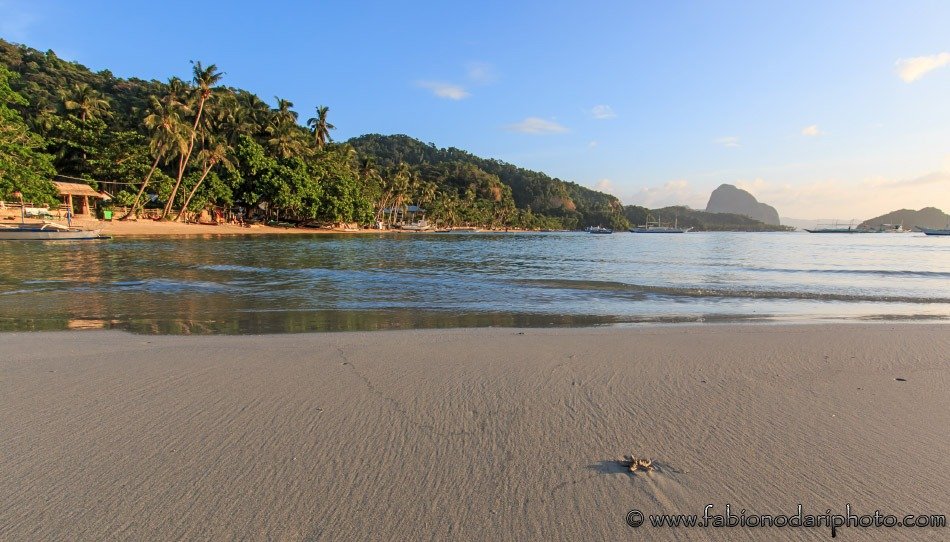
These are some suggestions (especially if you are in remote places) you should keep in mind if you don’t want to spend too much time in the toilet:
- Avoid drinking from the tap water (don’t even brush your teeth)
- Avoid drinks with ice. Most probably, they used tap water to make the ice
- Always bring some hand sanitiser to use before eating
- If you buy a bottle of water, be sure it’s new and hasn’t been just refilled (it happens sometimes)
- Buy some repellent for the mosquitoes. Don’t bring your own from home! It probably won’t work. The best brand is Off.
- Use common sense when eating street food. I love it and want to try almost everything, but this might not always be a good idea
Travellers planning to stay more than one month should consider vaccination for:
- Japanese Encephalitis
- Tuberculosis (a TB skin test is usually recommended before and after travel, rather than vaccination, and only one vaccine is required for life)
- Meningitis
- Rabies
Cost of living in the Philippines
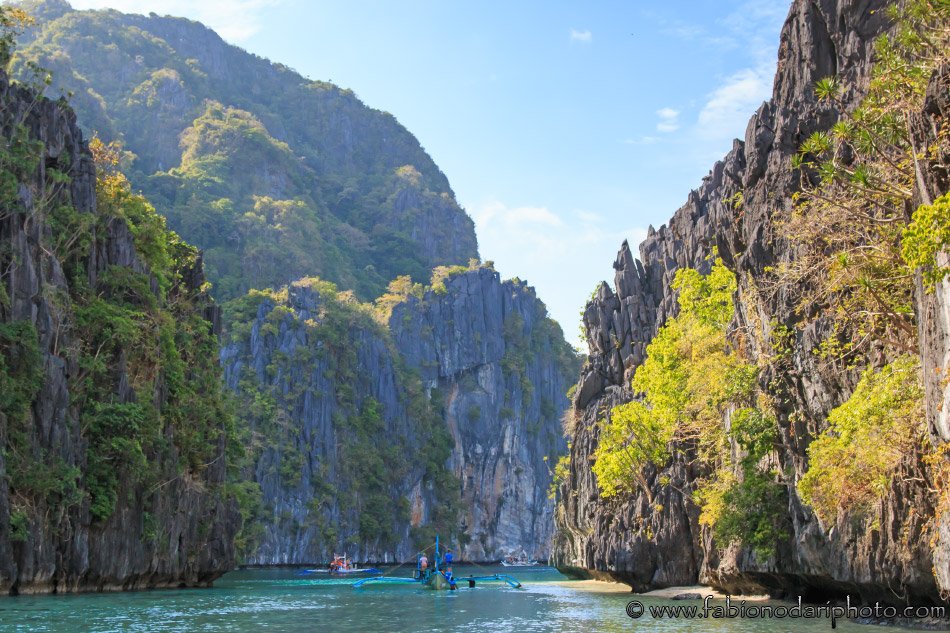
I lived in Asia for a while and am used to cheap food, transportation, and accommodation. Since the Philippines is a poor country, I thought travelling would be cheaper, but I was wrong. Don’t get me wrong: the Philippines are cheaper than Western countries, as I said at the beginning of the article, but not as cheap as you would think.
For example, unless you want to eat chicken adobo daily, you can expect to spend around 7/8€ per person per meal. I know that’s not much, but in Taiwan and China, I could spend half of that, and the food would be better (food in the Philippines is not particularly delicious, especially compared to the rest of Asia).
Transportation, especially in remote areas, is quite expensive. I spent 700 pesos (about 15€) on an 18 km ride on a tricycle! At first, I thought I was being ripped off, but later I asked my local friends what the regular price and they confirmed that what I paid was the regular fare. That’s the same price I paid for the ferry from Cebu to Bohol!
Accommodation prices are, for now, quite low. I stayed in Corong Corong beach, El Nido, in a nice bungalow on the beach with the view you can see in the picture above, for about 35€ per night. Remember that it was January, high season, so it wasn’t too bad! You can find some great deals on Booking.com or on Trip.com (recommended when travelling in Asia).
I think that prices will keep rising in the future as the Philippines is attracting more and more people every year.
When is the best time to visit the Philippines?
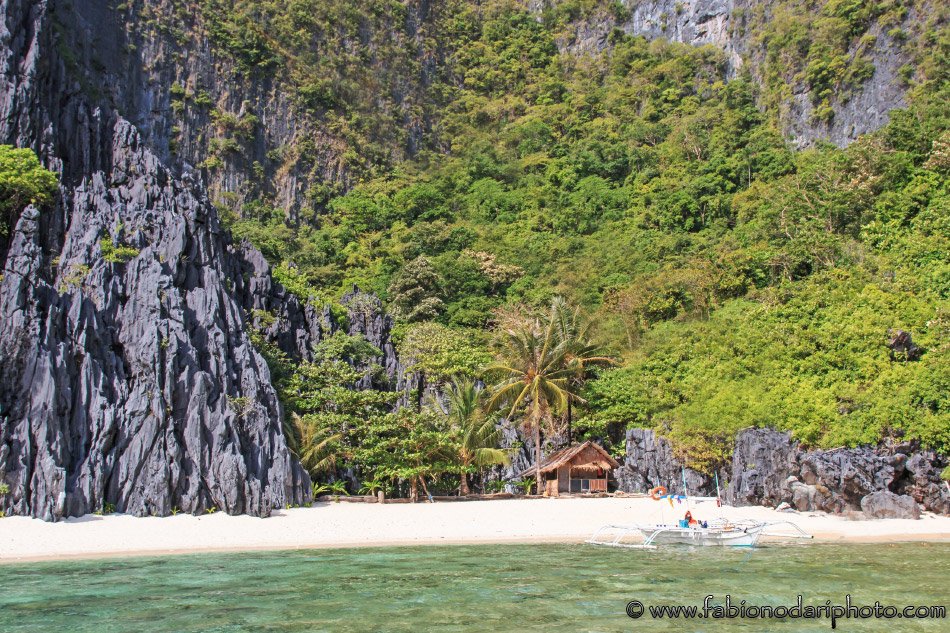
- January to March is usually the best period to travel to the Philippines. Even if there are bigger chances of precipitation, these are the months of the year when the temperature is cooler.
- From April to June, the temperature and humidity levels are highest. The summer season is also a school break for Filipino students, so beach resorts will most likely be fully booked and more expensive.
- The volume of rainfall in the Philippines increases from July to October. It rains pretty often, but not necessarily all day long. The real issue is typhoons, making trips around the country difficult.
- November/December is usually the beginning of the dry season, although typhoons are still hitting the country during these months.
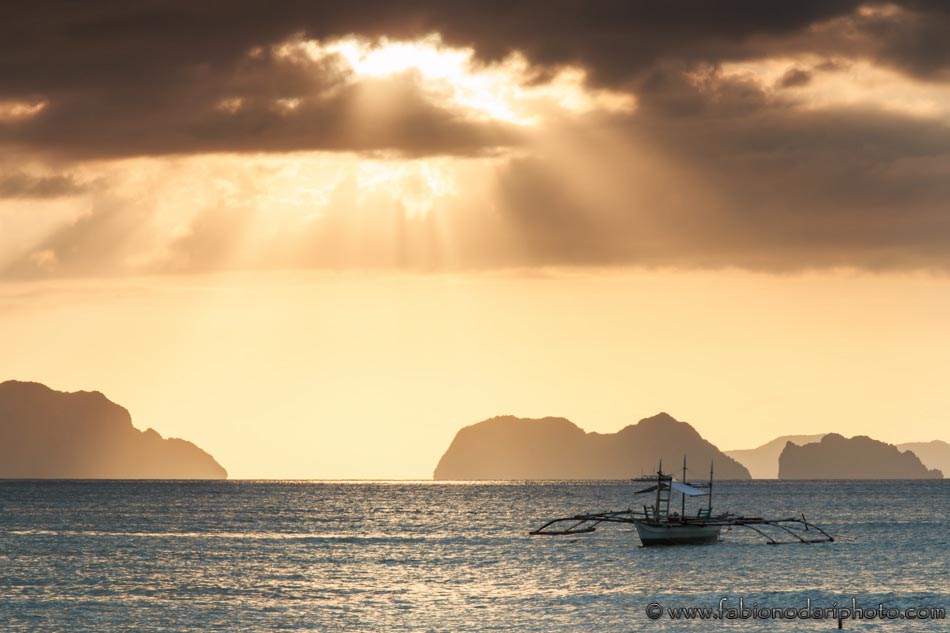
If you are considering moving to the Philippines or any other Asian country, check out my guide.
Here, you can see some more pictures I took in the Philippines. Here is a post about Bohol, and here I talked about a great experience you can do in the Philippines: swimming with the Whale Sharks. Here is my travel guide to Phi Phi Island.
